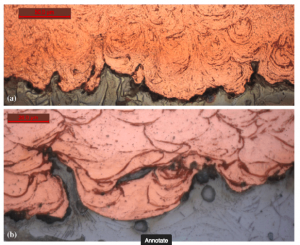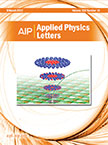 Researchers from China have retracted a physics paper after realizing an error led them to report results that were nearly 100 times too large.
Researchers from China have retracted a physics paper after realizing an error led them to report results that were nearly 100 times too large.
What’s more, the authors omitted key findings that would enable others to reproduce their experiments.
According to the notice, the authors used a value to calculate a feature of electrons—called mobility—that “was approximately 100 times too small,” which led to results that were “100 times too large.” The notice also details several gaps in the presentation of experimental results, which preclude others from duplicating the experiments.
Here’s the retraction notice for “Bulk- and layer-heterojunction phototransistors based on poly[2-methoxy-5-(2′-ethylhexyloxy-p-phenylenevinylene)] and PbS quantum dot hybrids:” Continue reading Physics paper’s results off by factor of 100
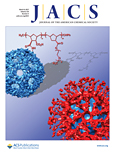
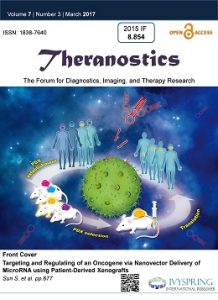
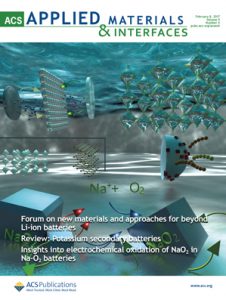 Researchers have retracted two 2016 papers from the same journal which were published without the permission of the supervising scientists.
Researchers have retracted two 2016 papers from the same journal which were published without the permission of the supervising scientists.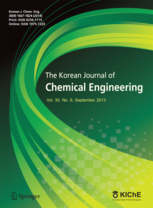

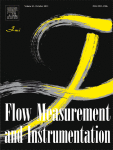 Yesterday we reported that
Yesterday we reported that 
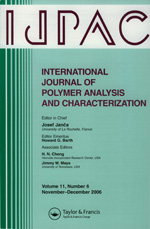 After a research group submitted two similar papers only days apart to different journals, one journal has retracted the paper — and told the other it should do the same.
After a research group submitted two similar papers only days apart to different journals, one journal has retracted the paper — and told the other it should do the same.